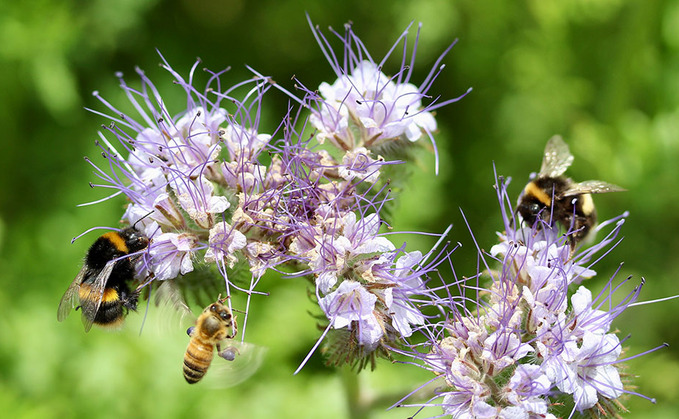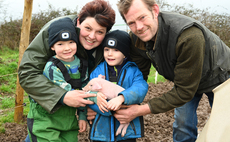
Want to help the bee population? Here are nine easy ways to do so.
The native honeybee went into steep decline a few years ago, and now people and various industries are working hard to recover those numbers, by actively encouraging bees to their gardens and place of work.
And now that bees are currently busy foraging during the summer season, here are nine things that you can do to encourage more honey bees in your garden or farm and help the bee population.
1. Plant more flowers
Plant more species of flower, in particular the ones that attract bees and other pollinating insects - the brighter the better.
2. Create a wild area
Section off a small area of land and let it grow wild, without mowing the grass or killing weeds. This will benefit insects, birds and small mammals and will act as a small ecosystem, not to mention encourage more bees to forage for food.
3. Put up bird feeders
Attracting birds to your garden or farm is a great way to then encourage insects and bees. Place a bird feeder or next box in an undisturbed place and watch as rare species will start to land there. It does not need to be in a garden, it can be in a porch or even on a large windowsill.
4. Create a bug hotel
This is specifically designed for insects to use over winter and creates a nice home for insects that need somewhere warm to live during the cold months. You could even put a bat box or hedgehog house out for creates to be safe in.
5. Have a green driveway
If you have a driveway for your cars, maybe consider making it a green driveway without the concrete so that bugs and bees have more food and space to explore. This is a great way of helping the environment and creating more green spaces where you live without it costing money.
6. Stop using pesticides
One of the best ways to help increase the bee population in this country is to stop using pesticides or herbicides that could potentially kill the already endangered honey bee, and instead swap them for organic, bee-friendly products.
7. Have a pile of logs
Another way to encourage bees and beetles is to leave a pile of logs in a spacious area. This encourages stag beetles and potentially honey bees to house in.
8. Help a tired bee
If you see a bee struggling, either it is on the floor and not moving or seems a bit sleepy, mix a little bit of sugar and water and place the solution in front of the bee. The chances are it will have run out of energy on its journey and needs a rest and refuel. Also, to make sure no one steps on the bee, with a piece of paper, gently move the bee out of harms way whilst it recovers.
9. Get children involved
It is natural for us as humans to see the black and yellow bodies of bees and think danger or accidentally mistake them for wasps, but honey bees do not plan on stinging people, they are attracted the scent of sweet things. It is a sad fact that when a honey bee does sting someone, they will die. Therefore to teach children from a young age that we rely on pollinating bees will help them understand the significance of looking after them. So make sure to get your children involved in the activities to inspire future generations to love and respect wildlife.




























